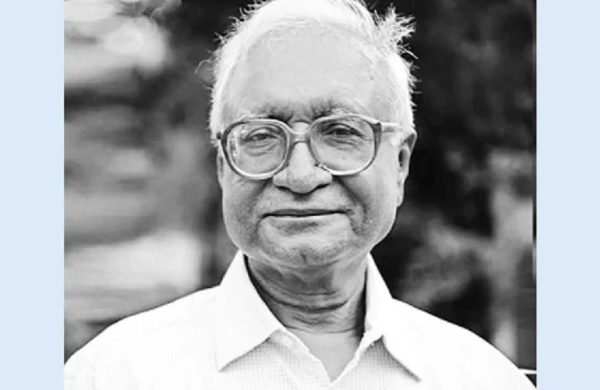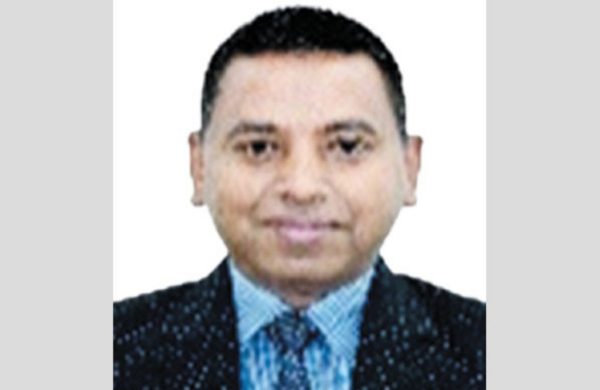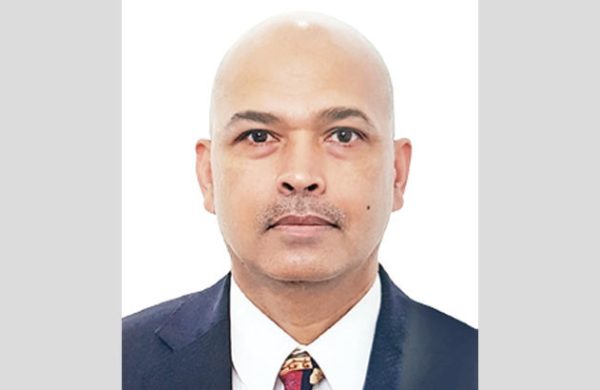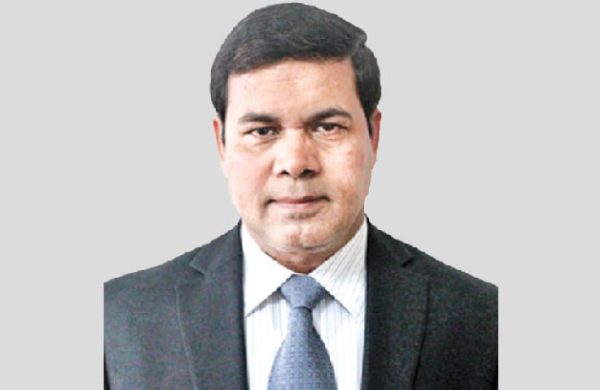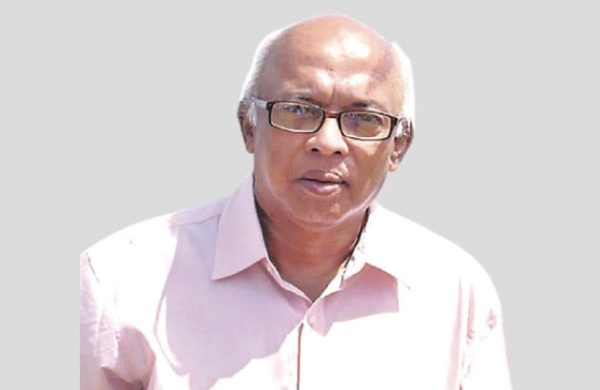Is Bangladesh ready for an energy transition?
- Update Time : Wednesday, June 25, 2025

—Musharraf TanseN—
As climate change accelerates and the global energy landscape undergoes rapid transformation, countries like Bangladesh face a pivotal moment. Long reliant on imported fossil fuels, Bangladesh is at a crossroads-should it continue investing in coal, LNG, and oil to power its growth, or seize the opportunity to transition to a cleaner, more resilient energy system? The answer, though complex, reveals that while Bangladesh has taken early steps toward energy transition, its overall readiness remains mixed and uneven. A closer look at the country’s policy landscape, institutional structures, financing models, and technological capacity paints a sobering but hopeful picture.
Bangladesh has not been idle in acknowledging the climate crisis. Through documents like the Mujib Climate Prosperity Plan (MCPP) and its Updated Nationally Determined Contributions (NDCs), the government has communicated its intention to shift away from fossil-fuel dependency. These plans aim to increase the share of renewable energy, reduce emissions intensity, and promote green industries. However, this ambition often collides with the realities on the ground.
The Integrated Energy and Power Master Plan (IEPMP) 2023, for example, lays out a vision that continues to prioritize fossil fuels, including Liquefied Natural Gas (LNG) and imported coal, well into the 2040s. This sends conflicting signals to investors, citizens, and development partners. While there is rhetorical commitment to renewable energy, actual planning documents still lean heavily on outdated models of centralized, carbon-intensive energy production.
Bangladesh’s institutional framework for managing energy transition includes several key bodies, notably the Sustainable and Renewable Energy Development Authority (SREDA), Infrastructure Development Company Ltd. (IDCOL), and the Power Division. While these institutions have made strides-such as IDCOL’s pioneering work on solar home systems and mini-grids-they face chronic under-resourcing and lack the regulatory autonomy to drive systemic change.
A major barrier to Bangladesh’s energy transition readiness is its lack of a coherent climate finance strategy. While international donors, development banks, and climate funds have supported renewable energy projects in the past, Bangladesh does not yet have a dedicated green investment facility or sovereign green bond program. Financing continues to flow disproportionately into fossil fuel infrastructure, perpetuating lock-in and undermining transition goals.
On the technology front, Bangladesh has earned praise for its success in deploying over 6 million solar home systems (SHS)-a global model for off-grid energy access. Yet this success has not translated into grid-scale renewable deployment. Solar and wind projects face multiple obstacles, including land acquisition challenges, unclear tariffs, and outdated transmission infrastructure.
The national grid remains ill-equipped to handle intermittent renewable energy, and there is minimal investment in energy storage, digital monitoring, or smart grid technologies. Offshore wind and utility-scale solar hold potential, but without upgrades in infrastructure and regulatory clarity, that potential remains largely theoretical.
A just energy transition demands more than clean kilowatt-hours; it requires addressing who benefits and who bears the costs. Currently, the voices of affected communities, informal workers, and women are underrepresented in energy policy. There is little focus on job retraining for those employed in fossil-fuel sectors, or on building community-owned energy enterprises that can democratize access.
Civil society organizations, think tanks, and universities have played an increasingly active role in advocating for a clean energy future. Platforms such as Centre for Policy Dialogue (CPD), and others have provided critical research, policy recommendations, and public engagement strategies. However, their integration into formal planning processes remains weak. Government engagement with civil society tends to be ad hoc, often limited to consultation rather than co-creation of policy.
A stronger partnership with civil society could help embed principles of transparency, accountability, and inclusion into energy transition planning. Youth organizations, in particular, can serve as ambassadors for change, linking climate action with employment, innovation, and digital literacy.
To enhance its energy transition readiness, Bangladesh must act decisively on several fronts. First, policy coherence is crucial. The government must reconcile its fossil fuel expansion plans with its climate commitments. Setting legally binding renewable energy targets and a clear coal and LNG phase-out roadmap would help.
Second, governance must be overhauled. A Climate-Energy Transition Council chaired by the Prime Minister could bring together key ministries, civil society, and development partners under one umbrella. This body would ensure alignment across sectors and fast-track implementation.
Third, financing tools need to be upgraded. Bangladesh should establish a Climate Investment Facility that blends public and private capital for renewable energy. This should be complemented by green bonds, carbon pricing strategies, and incentives for distributed energy systems.
Fourth, capacity building is essential. Investing in local institutions, training centers, and research hubs can create a workforce ready to lead the energy transition. Public-private partnerships in skill development, particularly for solar, wind, and energy efficiency, will be critical.
Finally, the energy transition must be just and inclusive. Policies should be people-centered, ensuring that no community is left behind. This includes compensation for displaced workers, community engagement in project planning, and prioritizing energy access in vulnerable areas.
The future of Bangladesh’s development and climate resilience hinges on how swiftly and strategically it can transition away from fossil fuels. While the country has made significant progress in energy access, it now needs to pivot toward sustainability and justice. The tools exist; what’s missing is bold, coordinated action.
Bangladesh has the potential to become a global leader in decentralized renewable energy (DRE), climate-smart infrastructure, and equitable development. But readiness is not a static state-it must be built, nurtured, and acted upon. As the world accelerates its shift to clean energy, Bangladesh must ensure it is not left behind.
The choice is no longer between development and decarbonization-they are one and the same. Bangladesh must now rise to meet this challenge, not just for its own people, but for the shared future of a warming planet.
—————————————————————————————–
The writer is a PhD Researcher and former Country Representative of the Malala Fund


